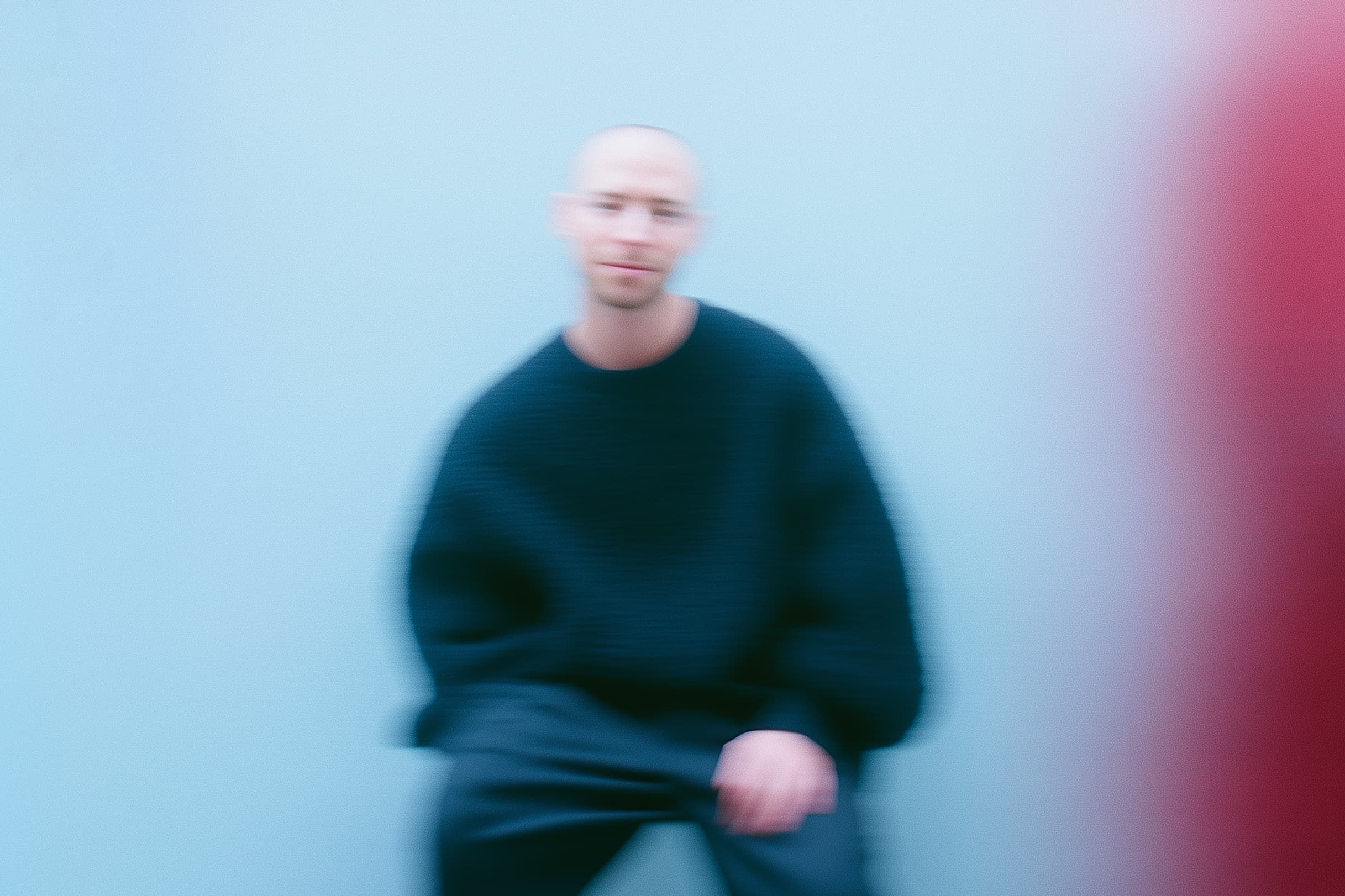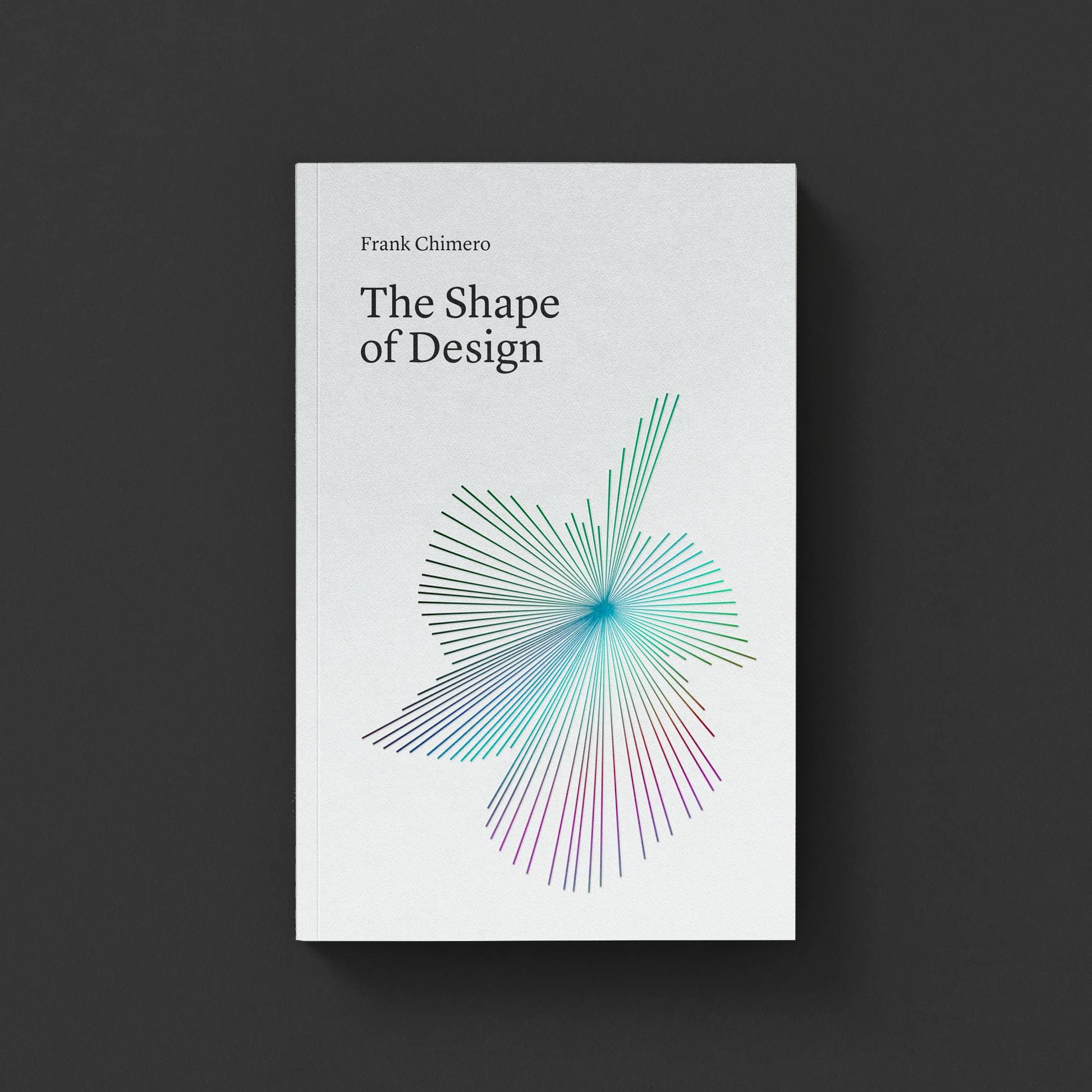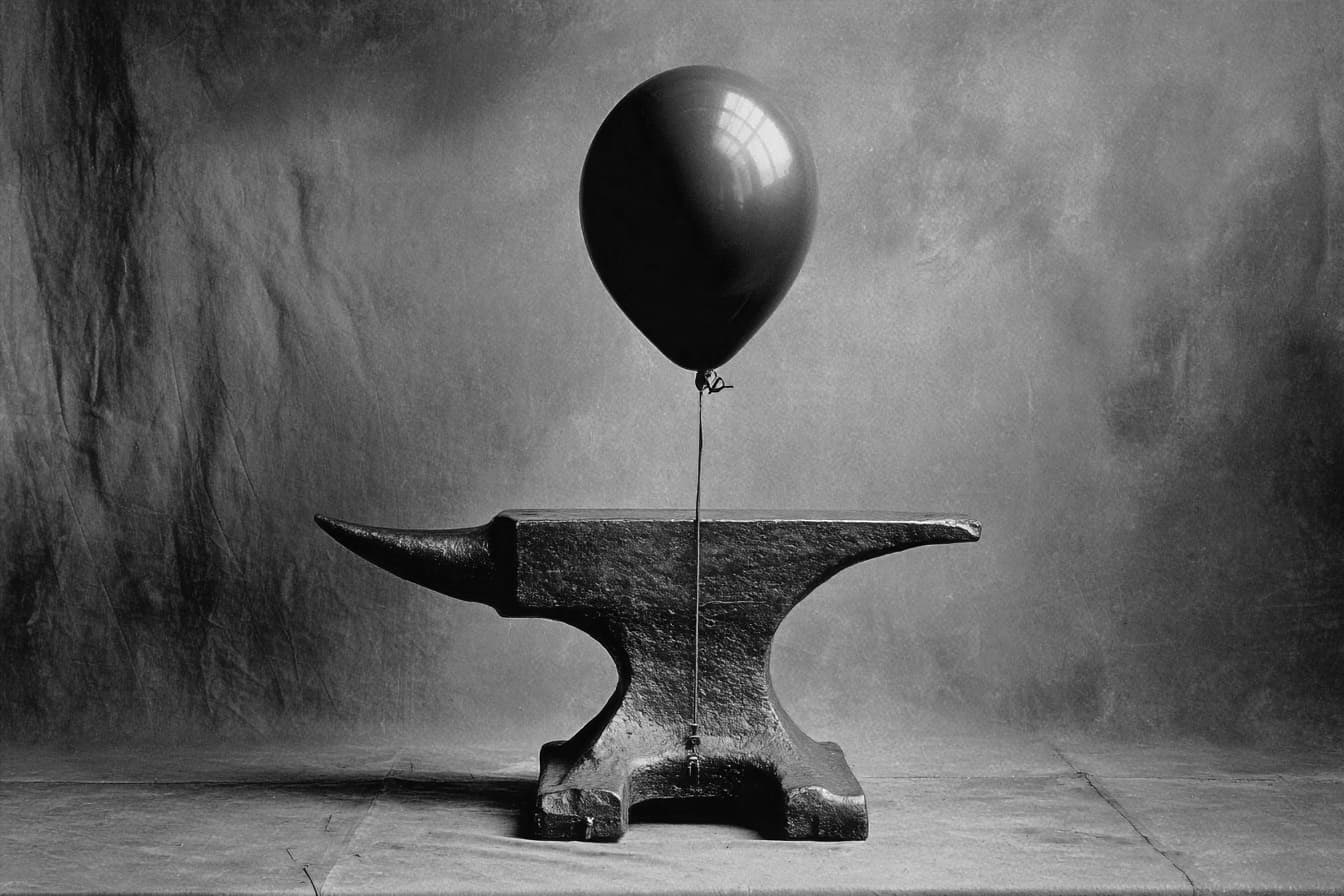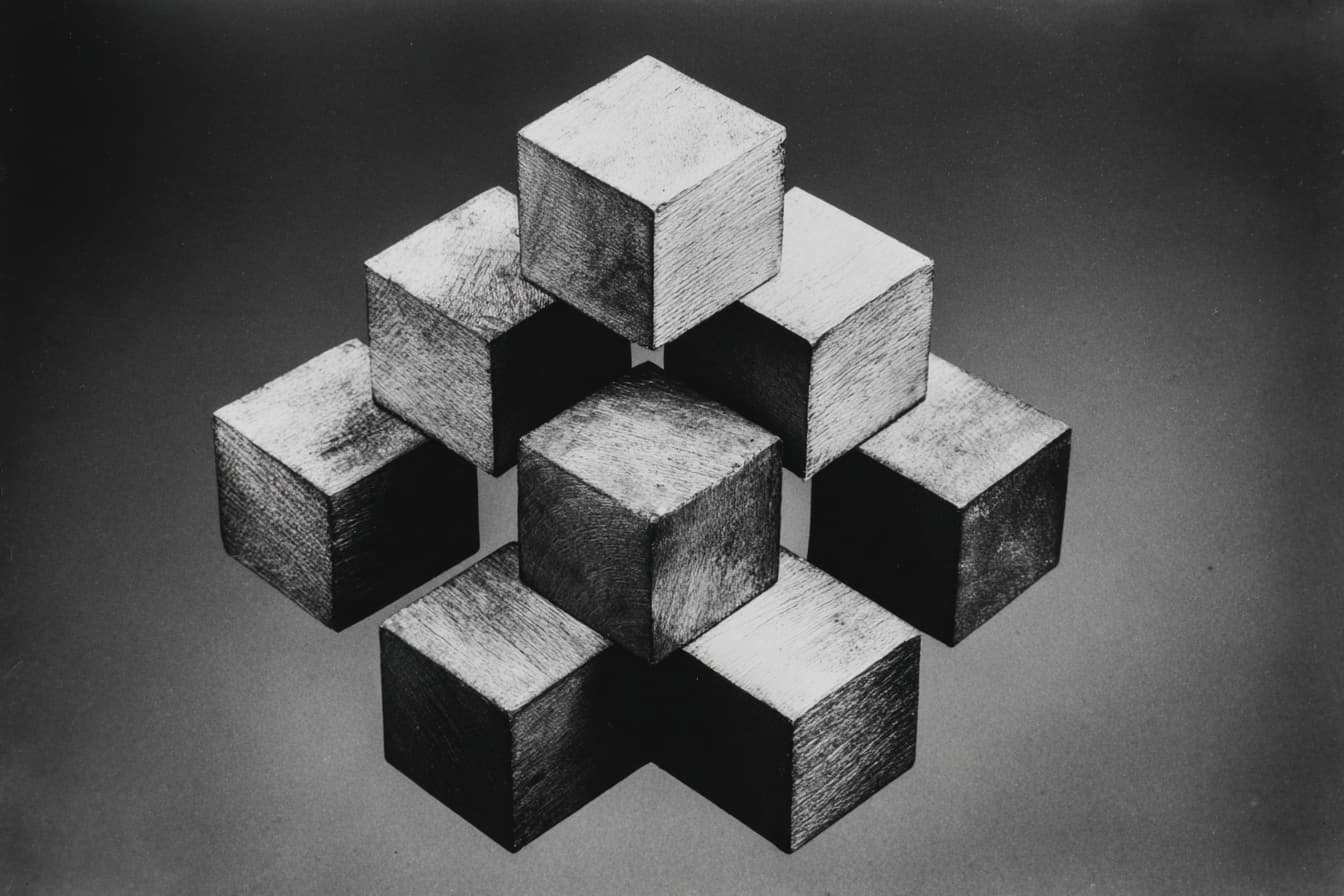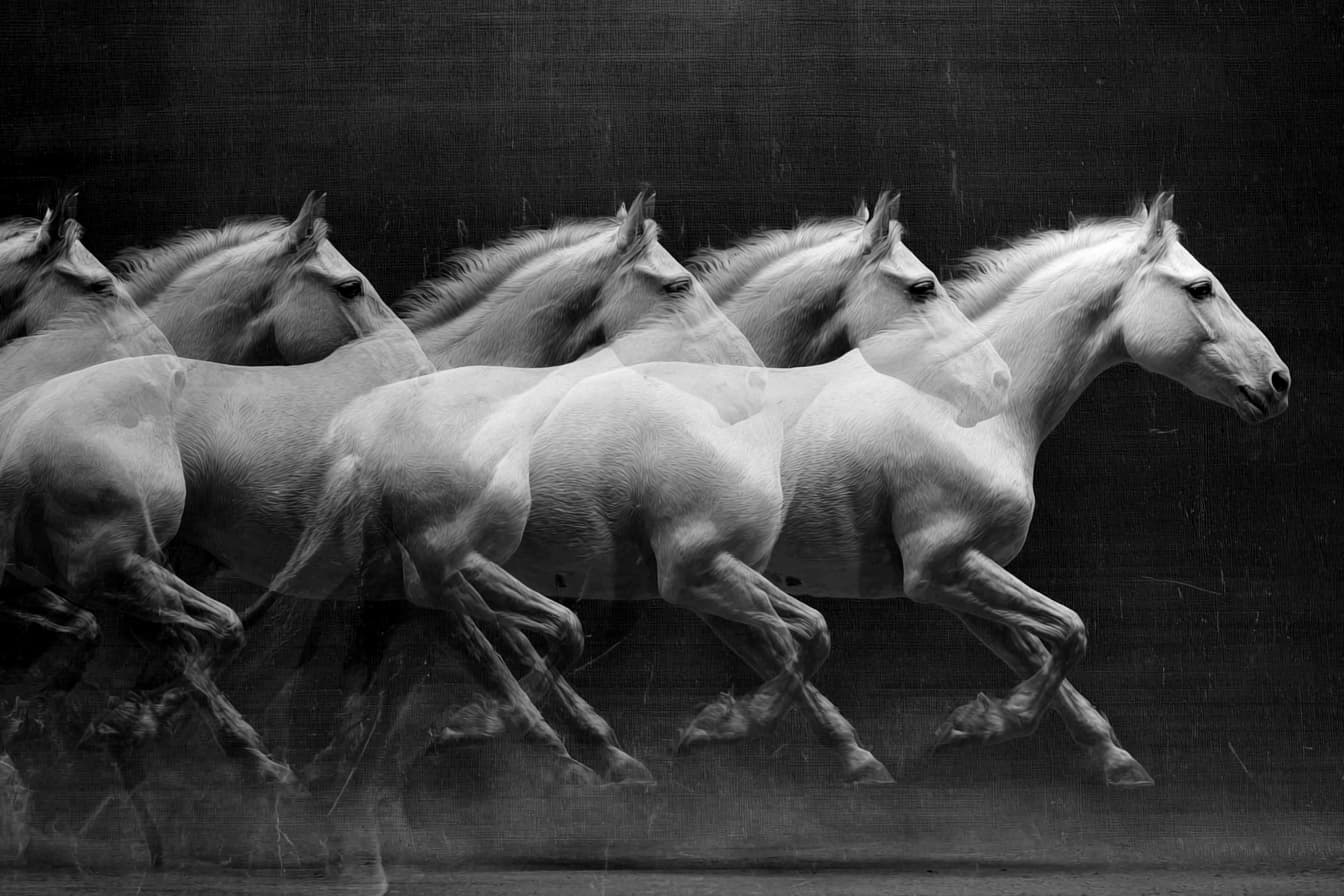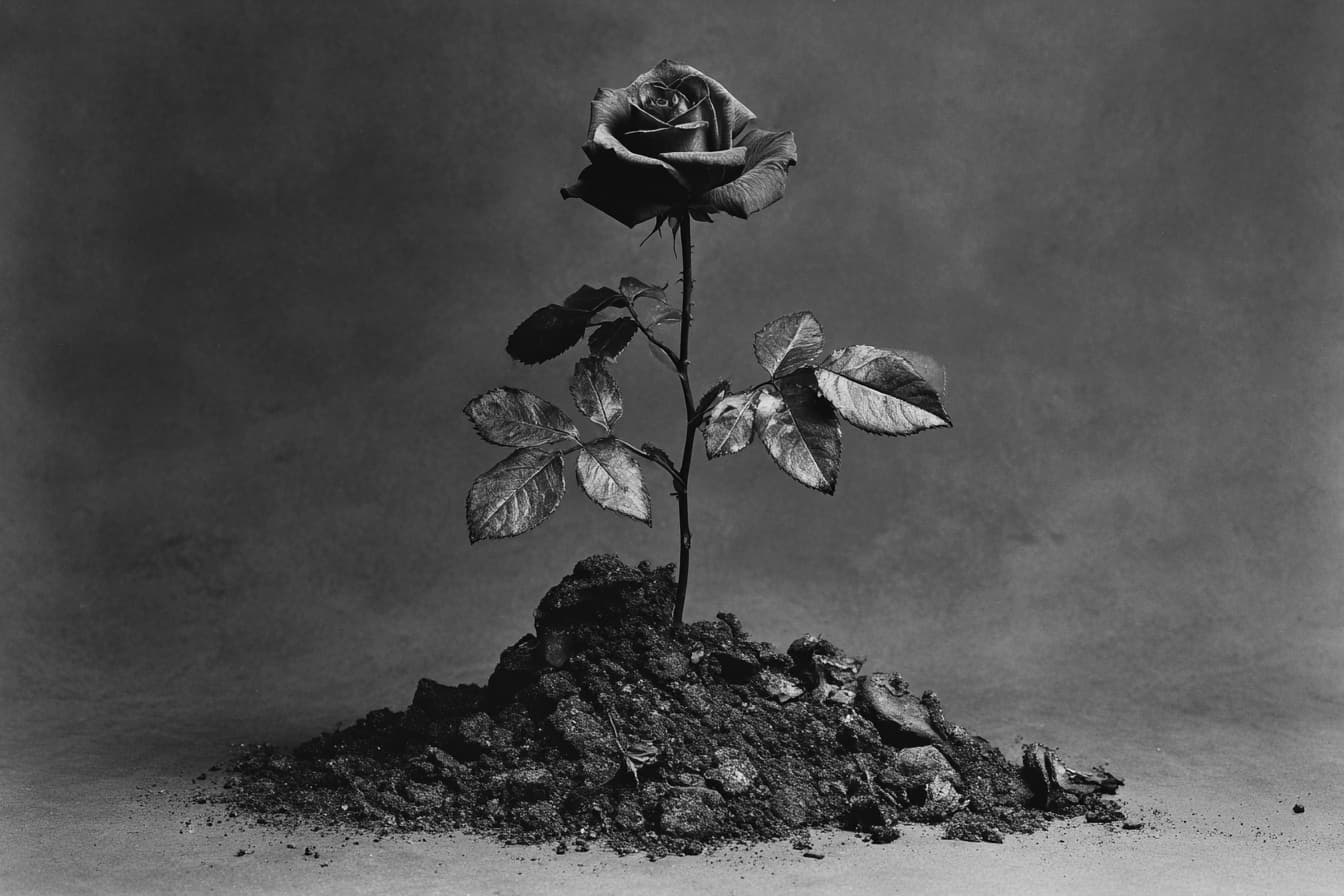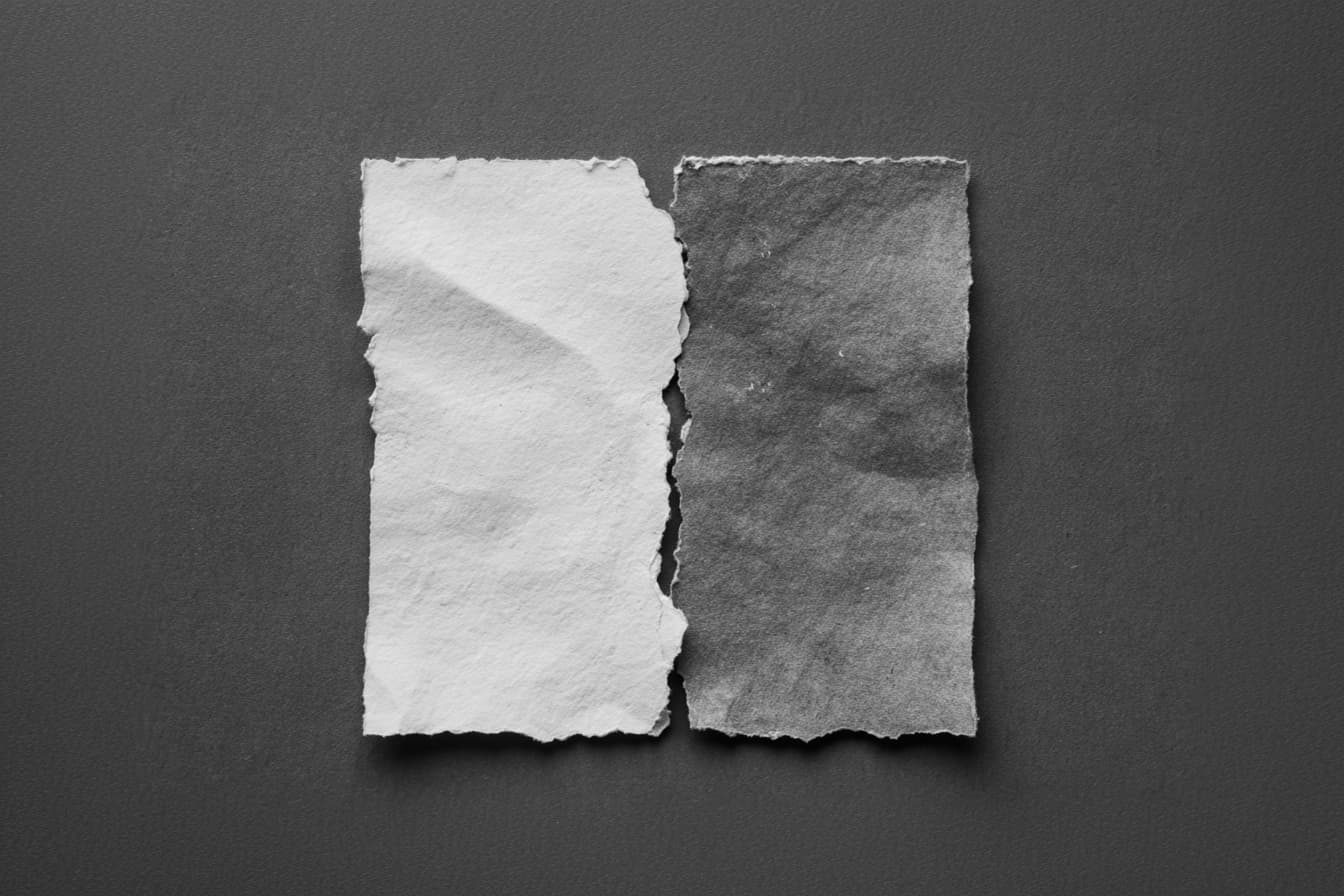Sorting a Mass
To prepare for an upcoming lecture, I’ve been thinking about the relationship between collecting and curating. This morning, I tweeted:
Thinking about collecting vs. curating, and how the internet is muddying the line between the two.
I didn’t realize it at the time, but it seems I hit something unexpected with that tweet. I received many responses from folks telling me what they thought the line between the two were. The gist for most is:
Collection is additive. Curation is subtractive. Collecting is for yourself, curating is for others.
The size of the group of things and the presence of an audience are the two characteristics that are used as touchstones. Those seem to be the right things to discuss, but the internet makes them trickier to pin down.
For instance, I would consider my Pinboard account a collection of links, but it has an audience because it is public. Is it still a collection?
Or, many of the blogs that people say are curated are usually a group of beautiful images rolling down a webpage. What distinguishes that from my Pinboard page of links?
See? Messy!
I think the thing that separates the two is intent, not in the size of the pool of stuff or in the presence of an audience, but rather in the implied purpose of the gathering of content. To me, collecting is usually about propagation—the collection grows in quantity and diversity. Curating seems to be about illumination, and having that set of selected items, no matter the size, come to a point.
I’ve recently launched another blog called The Mavenist, which could be considered a collection, but it feels to be squarely in the realm of curation. What is the difference? It is in the arrangement. Collecting is having all the pearls lose on the table, curating is stringing them together into a necklace. (Of course, there is no better or worse between those two situations. One just has an extra pass of arrangement.) This is why my Flickr favorites feels like a collection, while a feature on Pictory is definitely a curatorial endeavor.
I’d say that the web seems to be mostly comprised of collections, because we don’t frequently arrange the things that we have found. Curation is marked by a larger structure, a gestalt made by the arrangement of individual items, sort of like a constellation of stars. The first step of curation, much like collecting, is selecting (and there is an art to that). The second is arranging and sorting those things in a purposeful way. We choose the stars in a constellation, but they become Orion’s Belt because of their position, arrangement, and the prescribed meaning we put on that particular arrangement.
This means that it’s worth considering how we sort things on the web. Information architecture luminary Richard Saul Wurman said that all information can be arranged in a few different ways. He called it LATCH:
- Location
- Alphabet
- Time
- Category
- Hierarchy
Right now, chronological ordering is the default way to arrange content online, and I wonder how that blanket presumption affects curation on the web. Does it make sense, because people check in frequently, or is it odd, like sorting a stack of photographs alphabetically by who is in them? There are indeed instances where sorting by time is the correct path, but it will be exciting over the next few months and years to see what happens to the web as we recognize the instances where the newest thing is not necessarily the most important thing. (And, as always, the additional problem on top of this: can this sorting process be automated?)
Can you curate on the web? Most curation comes to a point through narrative, and is narrative possible on the web? Stories require a certain amount of linearity, and we all know how the web disrupts that. Maybe it is the same problem that video games have, where interactivity subverts storytelling. In my own attempts, I’ve tried to create narrative by using the one linear experience I could find: scrolling. I’m still not sure on this one, because scrolling to tell a story, while fun, doesn’t really scale across the web.
But is scrolling through a collection the same? I think it’s important to note that while we may collect for ourselves, those collections are being published, creating incidental audiences. I collect my Flickr favorites for me, but they are accessible to you, so what obligations do I have to you when I consider to favorite something? What happens when sharing is the default rather than purposeful? It blurs the line between curation and collecting into something more of a gradient than a binary this-or-that. And that’s why those neat definitions in the tweets seem slightly off. The situation isn’t as tidy as it used to be. The line between curating and collecting has turned into a situation similar to when you ask someone to describe what makes something vulgar. The answer for both is the same: “I’ll know it when I see it.”
